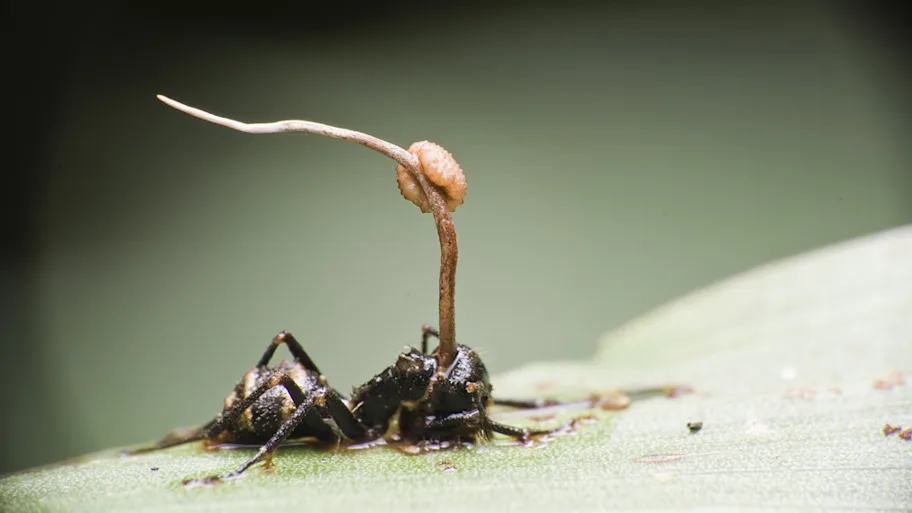
- Science News
- Life sciences
- The schoolyard interactions of Earth’s ecosystem
The schoolyard interactions of Earth’s ecosystem

Predators eavesdrop on insect-plant interactions, while plants backstab the insects they attract, recent research shows
— By Mark Wartenberg
Predators interfere in interactions which they are not a direct part of, potentially contributing to the natural selection of certain insects and certain plant diseases, according to a commentary by Jürgen Gross, PhD., published in Frontiers in Ecology and Evolution.
The secret language of the Earth’s ecosystem involves a multitude of players that populate the playing field and occupy different rungs on the food chain. “The actors include plants, plant feeding insects, insect feeding insects, plant parasites, insect parasites, pathogenic and beneficial microorganisms, vectoring organisms, and more,” explains the senior researcher at the Julius Kühn-Institut in Germany.
Together, these actors dovetail into each other and into their environment, contributing to what Gross refers to as “well-balanced interactions in a complex network.”
For instance, plant disease agents such as viruses and bacteria communicate with plants and insects in order to be disseminated. By occupying a host plant, they can stimulate it into releasing certain chemical signals which attract certain insects. After feeding on the host plant, these insects move on, taking the disease with them to a new location.
In other words, insects are unwitting accomplices of plant disease by spreading disease agents, and both are detrimental to plants.
But plants also have their say. According to Gross, insect-feeding insects have been found to eavesdrop on plant-phytopathogen-vector interactions. Put otherwise, the chemical signals released by the host plant can also lure predators that the insect would normally prefer avoiding.
Because of complexity and time constraints, there is a dearth of published studies that examine the dynamics between organisms that occupy different levels in the natural food chain. One such article is the 2014 research article by Martini and colleagues, on which Gross’ commentary is based.
In short, plants ensure that the insects that feed on them get fed on, and that the diseases that occupy them are destroyed. They turn against these diseases by ensuring that chemical signals attract both insects and their predators.
Plants thus survive the evolutionary stew by enlisting predators, who contribute to natural selection by eliminating certain insects and the plant disease agents they carry.
Most recently, Gross and his team have begun to look into pollinator-plant-pathogen interactions in order to further examine these scientifically neglected interactions. This should add yet another level to the existing field of multitrophic interactions.
Read the paper: Gross J (2016) Chemical Communication between Phytopathogens, Their Host Plants and Vector Insects and Eavesdropping by Natural Enemies. Front. Ecol. Evol. 4:104. doi: 10.3389/fevo.2016.00104
Image granted by Jürgen Gross
REPUBLISHING GUIDELINES: At Frontiers, open access and sharing research is part of our mission. Unless otherwise noted, you can republish our articles posted in the Frontiers blog – as long as you credit us with a link back. Editing the articles or selling them is not allowed.






